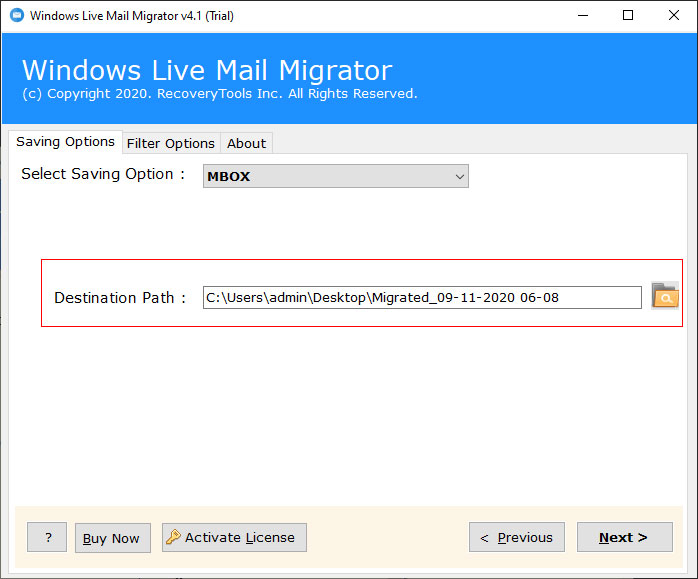

 Number of Swipe Actions: In most email apps on iOS, you can swipe left or right on an email to open up an array of controls, such as reply, pin, delete, or mark as read. It makes for a much more focused inbox experience, since you'll only see emails from senders you know are important to you. VIP Mailbox: A VIP mailbox only displays emails from contacts that you have labeled as VIPs. Snooze Emails: Worried you'll forget about an email in your inbox? Snooze it! You can set a time to be alerted to that email in the future, so you can respond appropriately. That way, you can choose a later time for your email to be sent, and rest easy knowing it'll get where it's meant to go. Schedule Emails: If you have to send an email at a time you won't have access to your iPhone, you'll want an app that allows you to schedule emails. For example, Bundles could group all of your emailed receipts into one folder in the sidebar of your email app, helping you organize your content in a new way. Bundles group your emails together by type into specific folders, or even as one combined email. Bundles: Bundles are similar to a Smart Inbox, but work differently. In short, it makes for a much more focused email experience. They differ from app to app, but, ideally, a Smart Inbox will display personal or important emails at the top of your inbox, then group less important emails like newsletters or notifications in a separate section, or keep them out of the inbox entirely.
Number of Swipe Actions: In most email apps on iOS, you can swipe left or right on an email to open up an array of controls, such as reply, pin, delete, or mark as read. It makes for a much more focused inbox experience, since you'll only see emails from senders you know are important to you. VIP Mailbox: A VIP mailbox only displays emails from contacts that you have labeled as VIPs. Snooze Emails: Worried you'll forget about an email in your inbox? Snooze it! You can set a time to be alerted to that email in the future, so you can respond appropriately. That way, you can choose a later time for your email to be sent, and rest easy knowing it'll get where it's meant to go. Schedule Emails: If you have to send an email at a time you won't have access to your iPhone, you'll want an app that allows you to schedule emails. For example, Bundles could group all of your emailed receipts into one folder in the sidebar of your email app, helping you organize your content in a new way. Bundles group your emails together by type into specific folders, or even as one combined email. Bundles: Bundles are similar to a Smart Inbox, but work differently. In short, it makes for a much more focused email experience. They differ from app to app, but, ideally, a Smart Inbox will display personal or important emails at the top of your inbox, then group less important emails like newsletters or notifications in a separate section, or keep them out of the inbox entirely. 
Smart Inbox: A Smart Inbox sorts through your emails to give you a clear look at what's important.If your account works with SMTP, you'll want to make sure the email client supports it.
:max_bytes(150000):strip_icc()/MacMailboxes-58092fd65f9b58564c708f53.jpg) SMTP Support: Otherwise known as Simple Mail Transfer Protocol, these accounts usually only send files out to another source, and are not involved in receiving messages themselves. So, if you have a POP3 account, you're going to want to make sure the app you choose is compatible. These accounts aren't as populous as IMAP, and many email applications do not support them. POP3 Support: Unlike IMAP accounts, which continuously store your emails on a server, POP3 (Post Office Protocol 3) accounts download and delete those emails from the server. Chances are, if you are using an email from a popular service, your account falls until IMAP. IMAP Support: Most mainstream email services such as Yahoo Mail, Google, or iCloud are IMAP (Internet Messaging Access Protocol) accounts. Image by Jake Peterson/Gadget Hacks Key Comparison Points Protocols
SMTP Support: Otherwise known as Simple Mail Transfer Protocol, these accounts usually only send files out to another source, and are not involved in receiving messages themselves. So, if you have a POP3 account, you're going to want to make sure the app you choose is compatible. These accounts aren't as populous as IMAP, and many email applications do not support them. POP3 Support: Unlike IMAP accounts, which continuously store your emails on a server, POP3 (Post Office Protocol 3) accounts download and delete those emails from the server. Chances are, if you are using an email from a popular service, your account falls until IMAP. IMAP Support: Most mainstream email services such as Yahoo Mail, Google, or iCloud are IMAP (Internet Messaging Access Protocol) accounts. Image by Jake Peterson/Gadget Hacks Key Comparison Points Protocols




:max_bytes(150000):strip_icc()/MacMailboxes-58092fd65f9b58564c708f53.jpg)




:max_bytes(150000):strip_icc()/MacMailboxes-58092fd65f9b58564c708f53.jpg)
